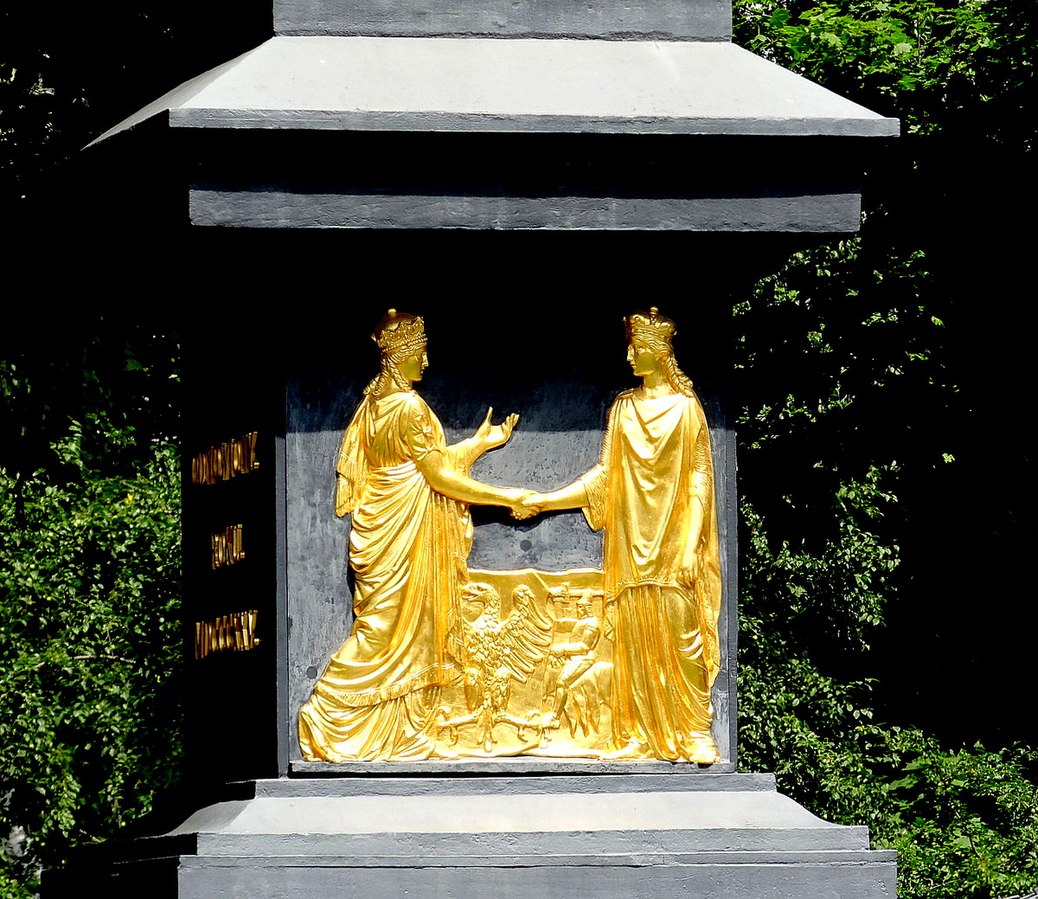Many times, over the centuries, Lublin, one of the most important cities in the present-day east of Poland, has witnessed groundbreaking historical events. Some of them have been commemorated in the urban space in the form of memorials like the Lublin Union Monument in Lublin which has become one of records of interesting history. The Lublin Union Monument has the form of an obelisk. It is situated on today’s Lithuanian Square. The Union of Lublin, concluded in 1569 between the Kingdom of Poland and the Grand Duchy of Lithuania, led to the creation of the Polish-Lithuanian Commonwealth, one of the largest European states at the time. In the place where the obelisk now stands, there was a camp of noblemen who came to the Sejm, at which representatives of the Kingdom and Lithuania, in the presence of Sigismund Augustus (1520-1572; King of Poland and Grand Duke of Lithuania), decided to conclude the union. The first commemoration of this place and event was created already in the year of the union. On the king’s initiative, a chapel-like building was erected with statues symbolising a Pole and a Lithuanian, or the queen, (formally the king of Poland), Hedwig of Anjou and her husband, the founder of the Jagiellonian dynasty, the Grand Duke of Lithuania, Władysław Jagiełło. The deferred effect of their marriage was the conclusion of the Union of Lublin. The monument slightly outlived the Polish-Lithuanian state itself. It was dismantled at the beginning of the 19th century, during the Partitions of Poland.
The originator of the current monument was Stanisław Staszic (1755-1826). In 1824, he obtained permission from Tsar Alexander I (1777-1825) to erect an obelisk commemorating the events of 1569. Luckily, the symbol of the union of the Polish lands and the lands incorporated into the Russian Empire survived throughout the annexation period. The monument is a 13-metre-high cast-iron obelisk set on a brick platform. It features two bas-reliefs depicting the coats of arms of the two parts of the First Commonwealth and female figures shaking hands, symbolising the Kingdom of Poland and the Grand Duchy of Lithuania.





